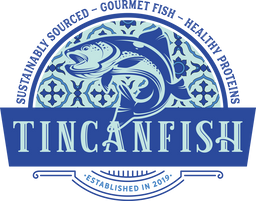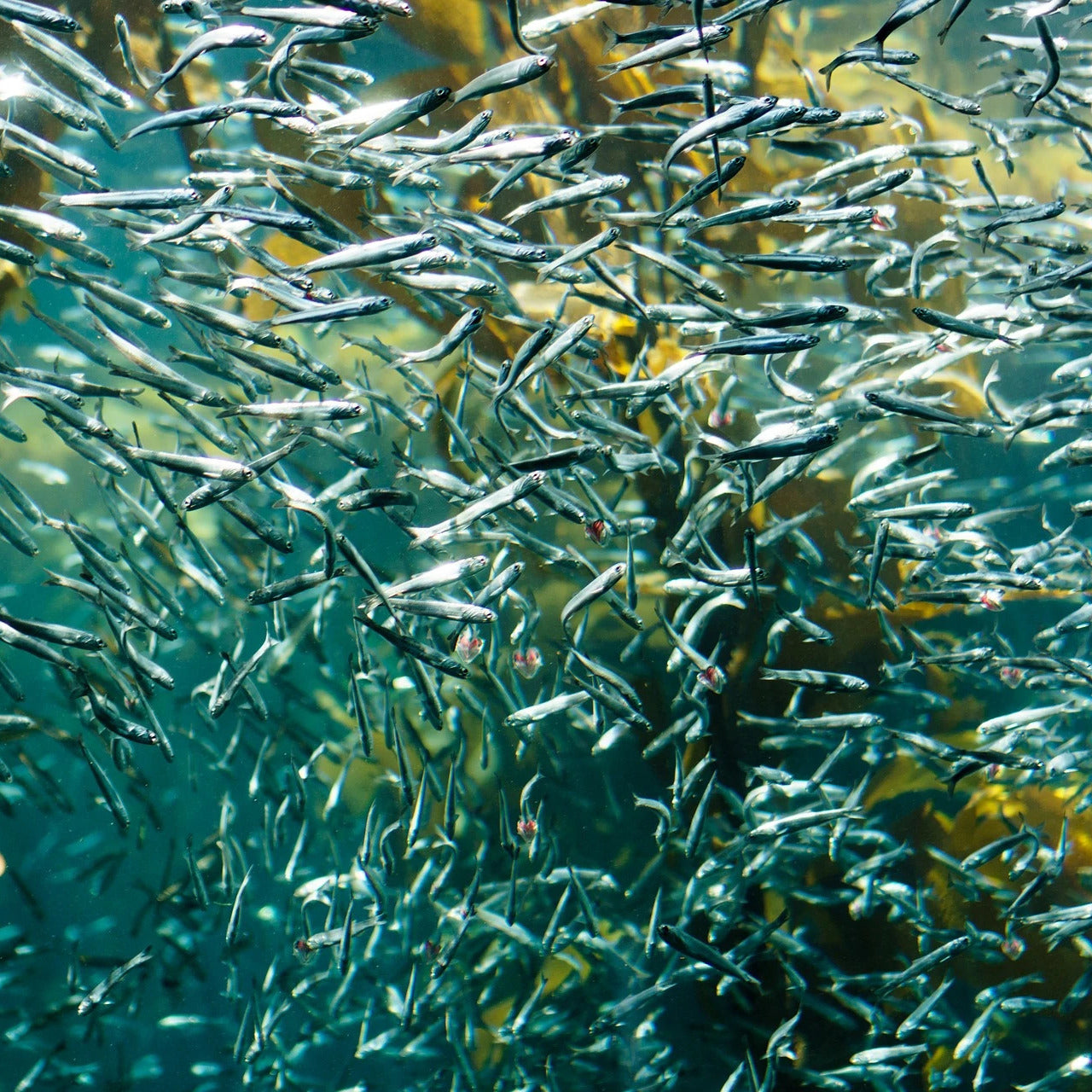(NOTE: nothing in this article should be construed as health advice. Ask your physician if you have questions.)
Anchovies and sardines have likely been an important food source for humans for thousands of years. They are often found in massive schools which makes them an easy commercial catch. Various claims are made about the habitat, habits, and nutrition of these small fish - but what is really true? When it comes to the question of anchovies versus sardines, which one is better? Before we can answer that question, we need to learn a few facts about each fish.
What Are Anchovies?

Although anchovies are often the butt of jokes involving pizza, they are a large, rich group of organisms. The term anchovy doesn’t refer to a species but rather to an entire family, engraulidae. The family contains 17 genera and over 140 species. Different species of anchovies can be found all around the world. They are at home in the Indian, Pacific, and Atlantic Oceans, as well as the Black and Mediterranean Seas.
Anchovies vary widely in their physical appearance as well. Adults range from under an inch to over a foot long! They are generally green and blue in appearance. All species have a unique rostral organ in their snout, the function of which isn’t fully yet understood. Their main sources of food are plankton and small, young fish.
Food Source
Anchovies are an important food source for thousands of different species on earth. Almost every predatory fish utilizes anchovies as a source of food. Fish like yellowtail, California halibut, some species of salmon, and even sharks eat anchovies on a regular basis. But other animals besides fish prey on anchovies. Marine mammals and even some species of pelican rely on anchovies as a part of their diet.

The fish are an important source of food for humans, too. Although there are 17 genera and over 140 species, only one genus, engraulis, is caught commercially. Anchovy fisheries are found all over the world, wherever anchovies live. Most commonly, fisheries are along the coast of the Mediterranean and the west coast of Europe. In 2010 alone, 6.2 million tonnes of anchovies were caught. In terms of mass, this would be like catching 25 Apollo 11 spacecrafts every hour over the course of the year.
Prepared Anchovies
As with many kinds of small fish, anchovies are most commonly gutted, salted, and packaged. The salting process often takes the form of brining. The fish mature then get packed into oil or salt. It is the processing and packaging that gives anchovies their distinct, strong flavor.
Anchovies are consumed in a variety of ways. Due to their strong flavor, it is often found as anchovy paste or anchovy essence. They are also important ingredients in many different kinds of sauces, including Worcestershire sauce. When consumed in whole or part form, they can be used as a topping, or even eaten whole.

What Are Sardines?
Unlike anchovies, sardines have a much murkier definition. Depending on where in the world the words are used, ‘sardine’ and ‘pilchard’ tend to be used interchangeably. In Europe, only a pilchard can be called a sardine. All other varieties (think: brisling, sprats, or even herring) can be marketed and sold as sardines in the US, but in the EU they must be called by their name.
Generally, "sardines" reference small, oily fish that are members of the Clupeidae family. Whereas all anchovies are part of the family engraulidae are called ‘anchovies’, only some members of clupeidae are called sardines.
Some governing bodies classify sardines by length, often less than 15 cm. Others, still, classify them by age. The Food and Agriculture Organization of the United Nations (FAO) names 21 specific species that can be classified as sardines. Regardless of what they are called, most sardines are similar in size and appearance.
Sardines are roughly the same size as anchovies, about 5 to 15 inches. They feed almost exclusively on zooplankton and are found wherever large populations of zooplankton are - typically in the Mediterranean Sea, the western coast of Europe, and the western coast of the Americas.
Uses of Sardines
Sardines exist primarily for human consumption. Like anchovies, they are commonly processed and packaged into tins or cans, often packed into oil or salt. Around the world, sardines are eaten as an addition to dishes like pasta, curry, or pies.

Outside of human consumption, sardines have many other uses. They are used commercially as animal feed and bait for larger fish. Sardine oil is important in the manufacturing process of various varnishes and industrial products.
Sardines vs. Anchovies
Now that we know the basics about each group of fish, how exactly do they compare nutritionally? Take a look below for some of the most important comparisons.
- Serving size: the serving size for each is roughly similar. According to the USDA, a 100g portion is standard, but anchovies contain significantly more water than sardines, 73% vs 60%
- They contain similar amounts of calories: 208 for sardines and 131 for anchovies
- Both are extremely good sources of protein, each contains over 20g per serving
- Sardines are a significantly fattier fish, containing 11g of fat vs. 5g for anchovies
- They are both excellent sources of iron, both contain about 50% of the recommended daily amount
- Both sardines and anchovies are also excellent sources of a variety of nutrients. They each contain 10% magnesium, 25% phosphorus (50% for sardines!), 15% zinc, and 75% selenium
Which Fish Wins?
The bottom line in the anchovies vs. sardines debate is that they both win. Both fish are extremely healthy, nutritious foods that can easily be incorporated into any diet. They can be bought in bulk because they don’t need to be refrigerated, and they can make a great addition to many dishes.
Both fish can get a bad shake in popular culture - but find out for yourself! Your local grocery store likely has one, if not both, of them, there are a ton of recipes that feature them. Happy eating!
Written by Patrick O'Hare on December 5, 2019.


